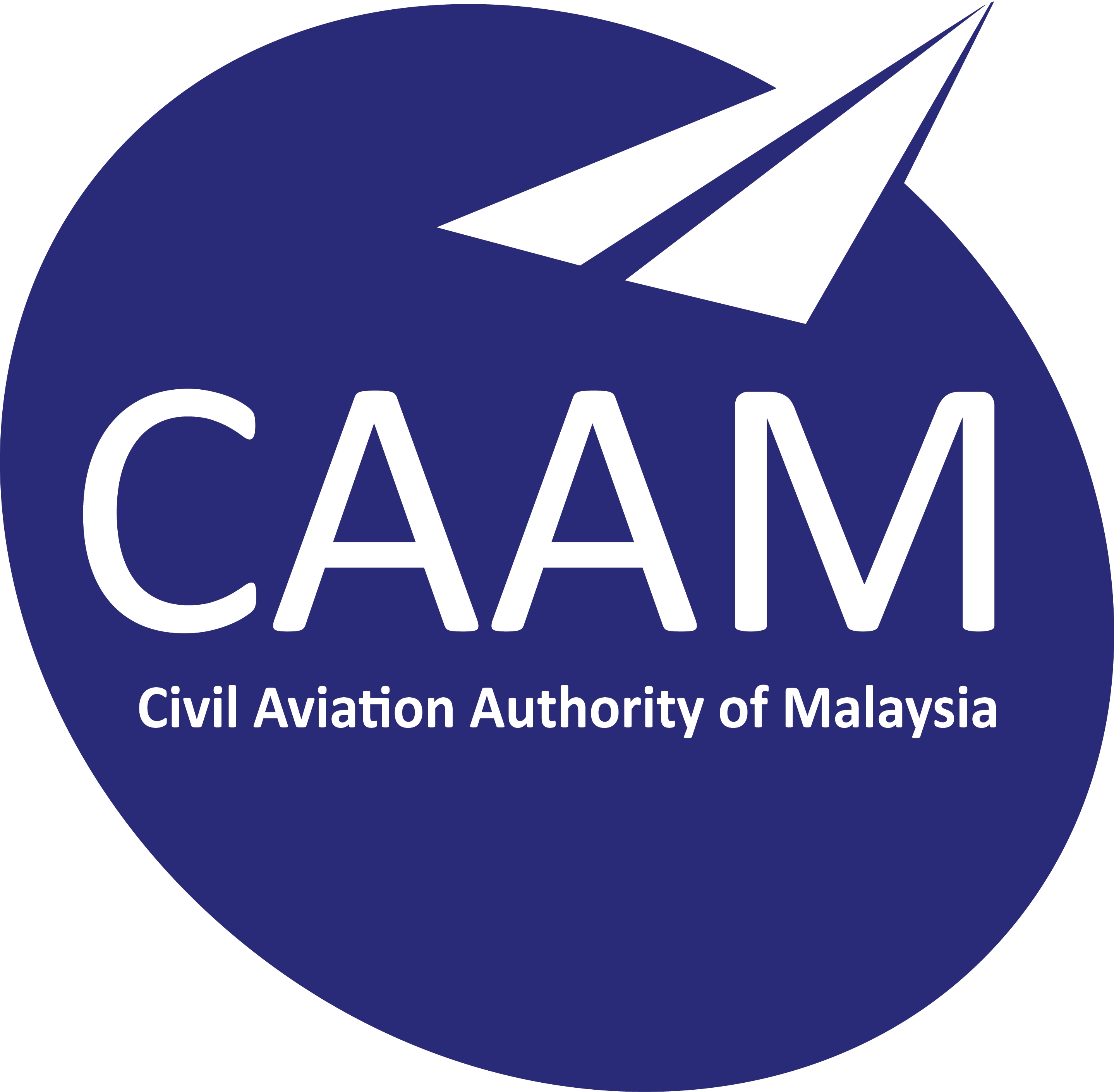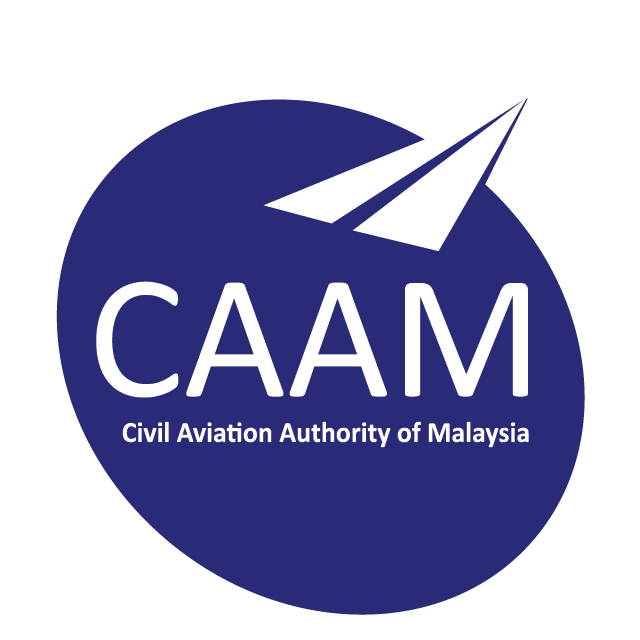Title Page
General Information
-
Name of Operator
-
Name of Dangerous Goods Coordinator
-
Telephone Number
-
E-mail
-
Site conducted
-
Conducted on
-
Prepared by
-
Airport Name
-
Location
-
Type of Operation
Dangerous Goods Handled (Based on historical data)
-
Commercial Dangerous Goods Cargo Accepted at Station
-
If yes > Average quantity of package per year
-
Cargo Aircraft Only Quantities of Dangerous Goods Accepted at Station
-
If yes > Average quantity of package per year
-
Non-Dangerous Goods Commercial Cargo Accepted at Station
-
If yes > Average quantity of package per year
-
Dangerous Goods COMAT Shipped
-
If yes > Average quantity of package per year
-
Mail / Post Loaded
-
If yes > Average quantity of package per year
HIDDEN DANGEROUS GOODS WARNING
-
Where documents are accepted
-
Where the cargo is accepted
REFERENCE DOCUMENTS
-
DGM/OPS Manual
-
Company - Emergency procedures
-
ICAO Technical Instructions
-
ICAO - Emergency response guide
-
IATA Dangerous Goods Regulations
DANGEROUS GOODS CONSIGNMENT INSPECTION
1. Package/Overpacks - Markings
-
1.1 - Proper Shipping Name including technical name (if app.) and UN No
-
1.2 - Name and address of shipper and consignee
1.3 - Package specification markings:
-
Correct code for type
-
Correct packing group for contents (X, Y or Z)
-
Correct gross mass (combination packs)
-
Legitimacy of markings, if can be checked
-
1.4 - Explosives - net quantity and gross mass
1.5 - Refrigerated liquefied gases - indication of:
-
Upright position
-
“Keep upright”
-
“Do not drop - handle with care”
-
1.6 - Dry Ice / Carbon Dioxide Solid - net mass
-
1.7 - “Limited quantity “
-
1.8 - “Diagnostic Specimen” if Instruction 650 used
1.9 - Radioactive materials Markings:
-
Industrial type: TYPE IP-1, TYPE IP-2, or TYPE IP-3
-
Industrial package Type 2, Type 3 or Type A: (VRI CODE) of the country
-
Type A, Type B(U), Type B(M), or Type C
-
Type B(U), Type B(M) and Type C packages - design identifier / trefoil symbol
-
Packages > 50 kg gross mass
1.10 - Overpack
-
Markings of packages clearly visible or reproduces on outside
-
For UN specification markings or Type A, B or C, statement: “overpack”
2. Labelling
-
2.1 - Hazard Label (s) - Appropriate to contents
-
Hazard Label (s) - Correct specification
-
2.2 - Number for primary / subsidiary risk
-
2.3 - “Cargo Aircraft Only” label, if required
-
2.4 - Package orientation labels x 2, if required
-
2.5 - ‘Cryogenic Liquid” labels if required
-
2.6 - For magnetised Material, handling label if required
-
2.7 - Keep away from heat
2.8 - Radioactive materials labelling:
-
Transport Index for (Cat II & III only)
-
Contents and activity
-
Two labels on opposite side
-
Fissile material label (CSI) for other than excepted
-
2.9 - Radioactive material, excepted package
3. Condition
-
3.1 - Package appears to be in good condition
DOCUMENTS
4. Dangerous Goods Transport Document
-
4.1 - Numbered if more then one page
-
4.2 - Name and address of shipper
-
4.3 - Name and address of consignee
-
4.4 - Statement of “Passenger & CAO” or “CAO”
4.5 - Correct order for:
-
UN /ID no
-
Proper shipping name
-
Class / division
-
Packing group
-
4.6 - Sequence of description of Dangerous Goods
4.7 - Additional information
-
Subsidiary risks
-
Number of packages
-
Net quantity / gross mass for each package
-
Packing instruction number
-
Special provision reference
-
"overpack used"
-
‘Limited quantity”
-
‘Salvage package’
-
4.8 - Infectious substances - contact name & tel no
4.9 - Packages of mixed dangerous goods:
-
“Q” value shown and does not exceed 1.0
-
Segregation requirements met
-
Self reactive subs. Division 4.1 and 5.2, indication that the package must be protected from direct sunlight and heat
-
4.10 - Declaration that the goods are properly packaged, marked and labelled and in accordance with the applicable regulations
-
4.11 - Declaration must be signed and dated by the shipper
4.12 - Radioactive materials:
-
“Radioactive materials” if not part of name
-
Name or symbol of radionuclide(s)
-
Description of physical or chemical form or special form if not part of name
-
Total activity for LSA-II, LSA-III, SCO-I and SCO-II
-
Category of package(s) or over pack(s)
-
Transport index (es) (Cat II & III only)
-
Package dimensions (Cat II & III only)
-
Certificates (i.e.: special form, Type B package design)
-
Supplementary requirements for loading, stowage, carriage, or a statement that no such requirements are necessary
4.13 - Air Waybill (if used)
-
Statement concerning the attached document “shipper’s declaration”
-
“Cargo Aircraft Only”
-
Statement for “Excepted packages of radioactive materials”
4.14 - Exemptions / Special Approvals
-
Copy of document attached (exemptions or approval)
-
Conditions complied with
ACCEPTANCE CHECKLIST
-
5. Use of checklist and accurate completion
NOTIFICATION TO CAPTIAN/NOTOC
-
6. Use of a NOTOC
6.1 - Information for each item:
-
AWB no.
-
Proper shipping name and UN/ID no
-
Class / division, subsidiary risks and Compatibility group for Class 1
-
Packing group and number of packages
-
Net quantity / gross mass
-
Loading location on aircraft
-
Indication “Cargo Aircraft Only”
-
Point of unloading
-
Category & transport index – radioactive materials
-
indication of a State exemption
-
6.2 - Confirmation that no damaged/leaking packages, from the person responsible for loading
TRAINING
-
Adequate number of trained staff on duty
-
Acceptance staff received in depth training
-
Recent training within 24 months
Employees Names
- Employee Name
-
Name
-
Position
-
Date of Last Training
OBSERVATION
-
Observation













